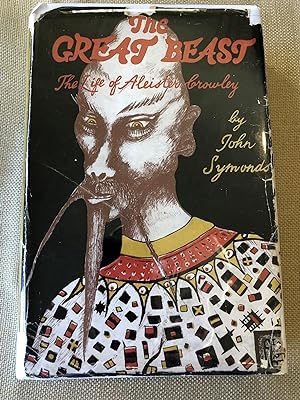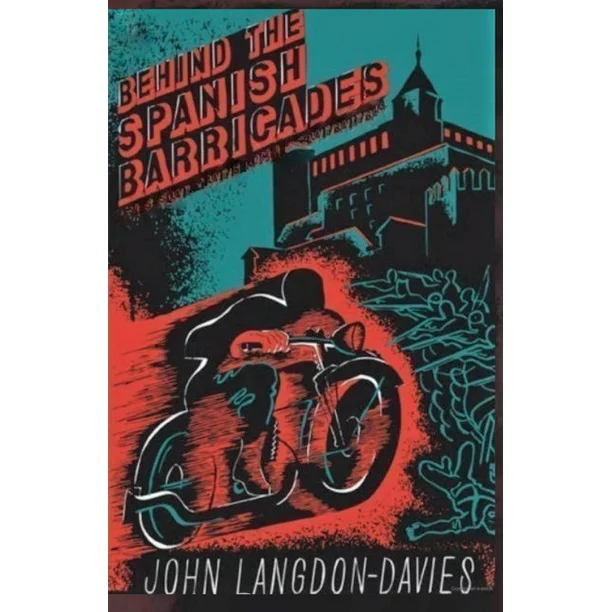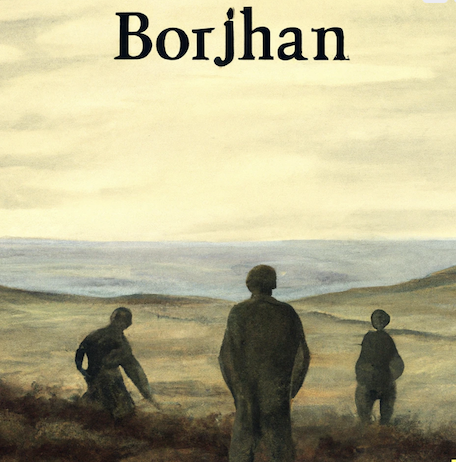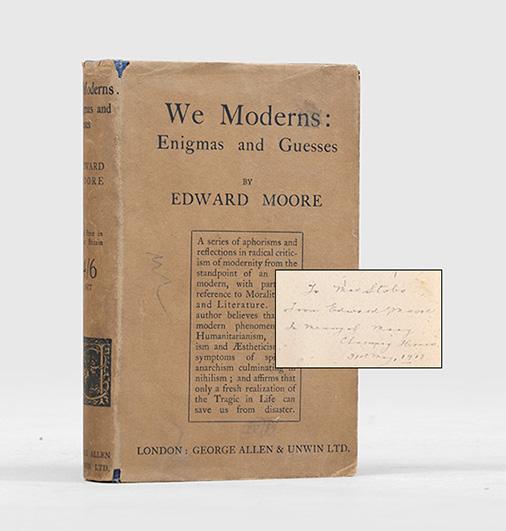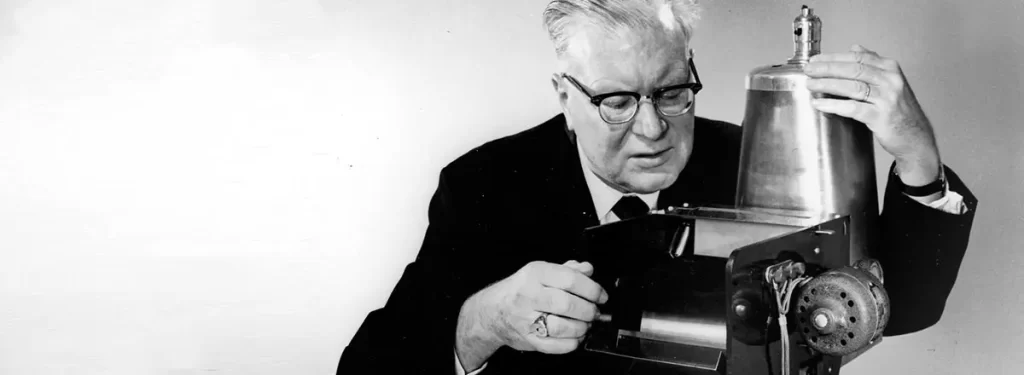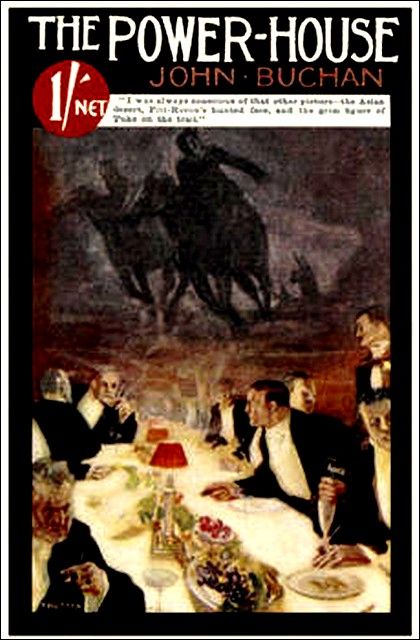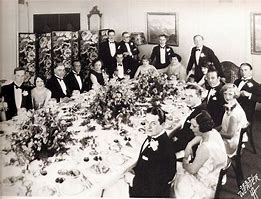As habitués of auctions, we at Jot 101, are always interested in historic ones. It is interesting to note how prices of lots back then compare to recent prices fetched. Were there ‘ sleepers ‘ in past times, as there are now ?

In Austin Dobson’s A Bookman’s Budget we find the author quoting a passage from Rosalba’s Journal (1915) on the sale in April 1786 of ‘ The Portland Museum’ , consisting ( in the words of the Skinner and Co., the auctioneers ) of:
‘
‘ shells, corals, minerals, insects, birds’ eggs, agates, crystals, china. snuff boxes, coins, medals, seals, prints, drawings, jewels, and precious stones…’
These and other treasures had been collected by the Duchess of Portland over a long period and were housed at her late dwelling-house in ‘Privy Garden’, where the sale took place. In the words of Rosalba:
‘It occupied about thirty days and included 4,156 lots. One of the buyers was Horace Walpole ‘ who secured a head in basalt of Jupiter Serapis’ and an illuminated Book of Psalms, both of which he forthwith installed in the Beauclerk closet at Strawberry . Another item was a unique set of Hollar’s engravings, in thirteen folio volumes. This fetched £385; but the prices generally were far below what they would have been in our time. Rembrandt’s etchings, for example, went for 28s., Chelsea china ( 28 pieces for 30s. The gem of the sale was the blue and white glass Vase, or Sepulchral Urn, thought to have once held the ashes of Alexander Severus, which had been discovered near Rome in a sarcophagus under the Monte del Grano. Until 1770 this marvel of the ceramic art had remained in the possession of the Barberini family, being subsequently acquired by Sir William Hamilton, British Plenipotentiary at Naples, from whom, through his niece, Miss Hamilton, one of Queen Charlotte’s Ladies in Waiting, the Duchess purchased it for £1,800. Henceforth it became known as the Hamilton or Portland Vase. At the sale it was bought in by the third Duke for £1,029, and deposited by his son in the British Museum. Here it was smashed to pieces in February 1845 by a drunken workman; and was afterwards most ingeniously and successfully pieced together by Mr Thomas Doubleday.’
Continue reading

